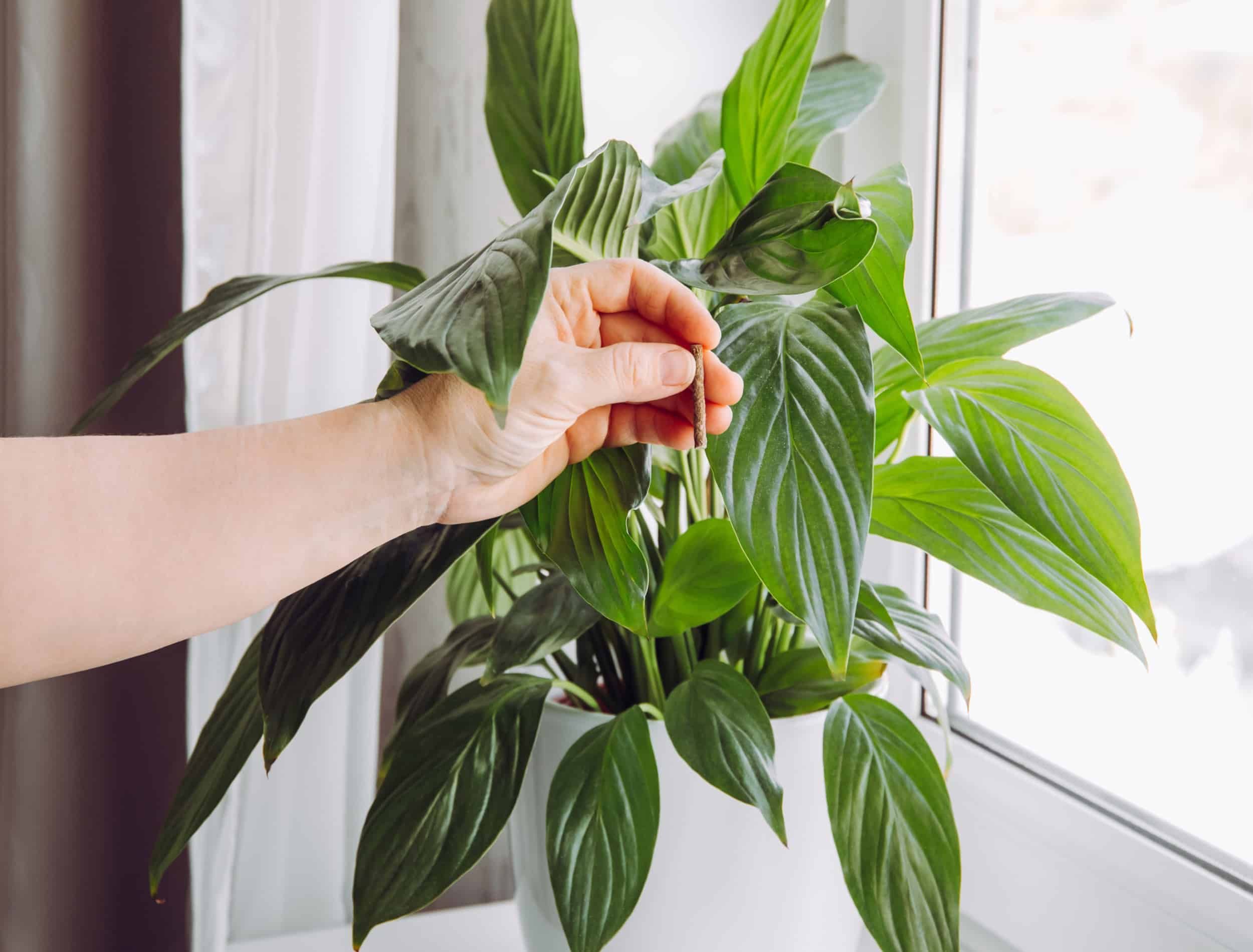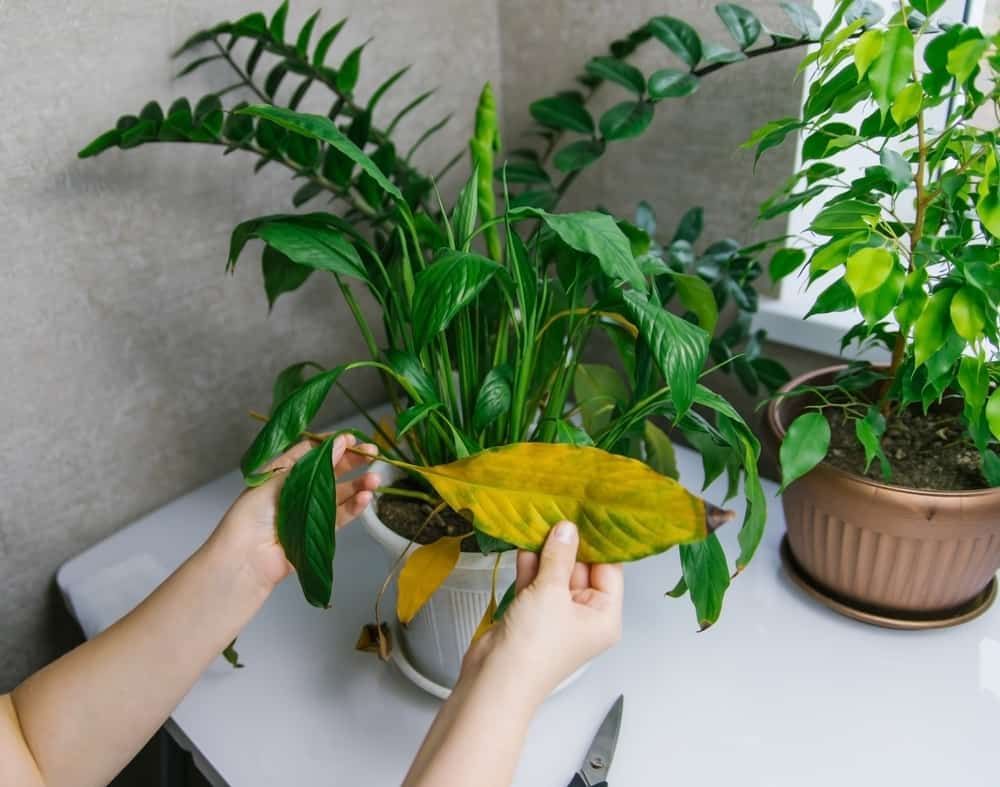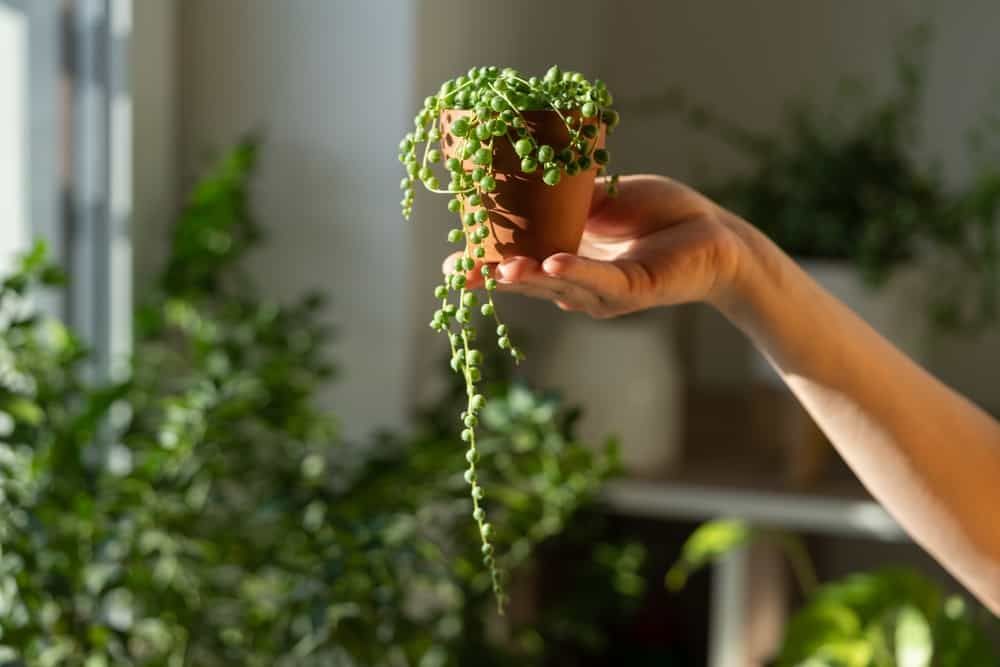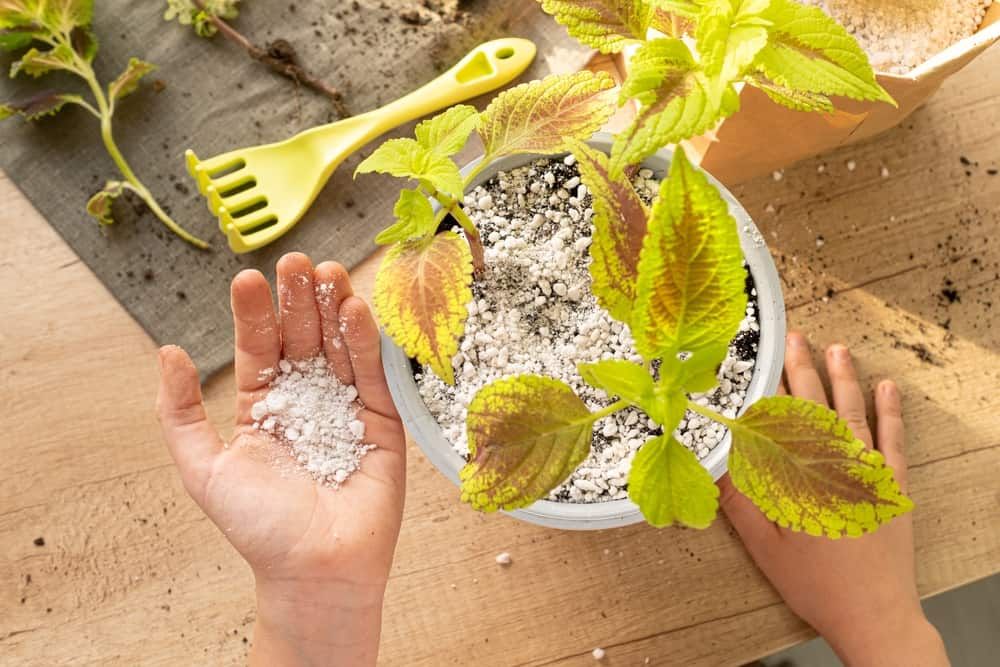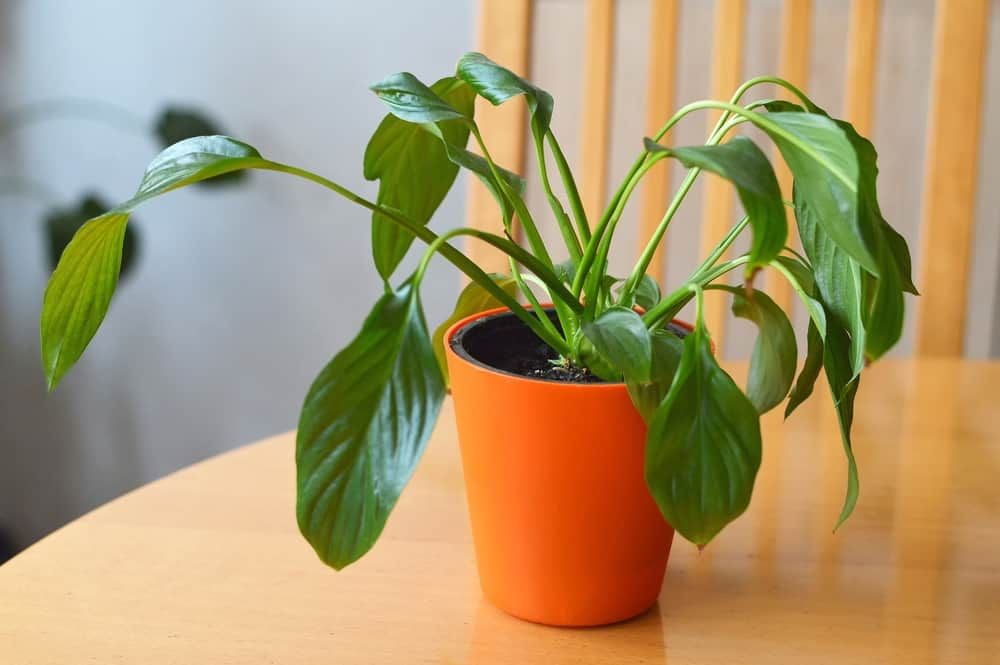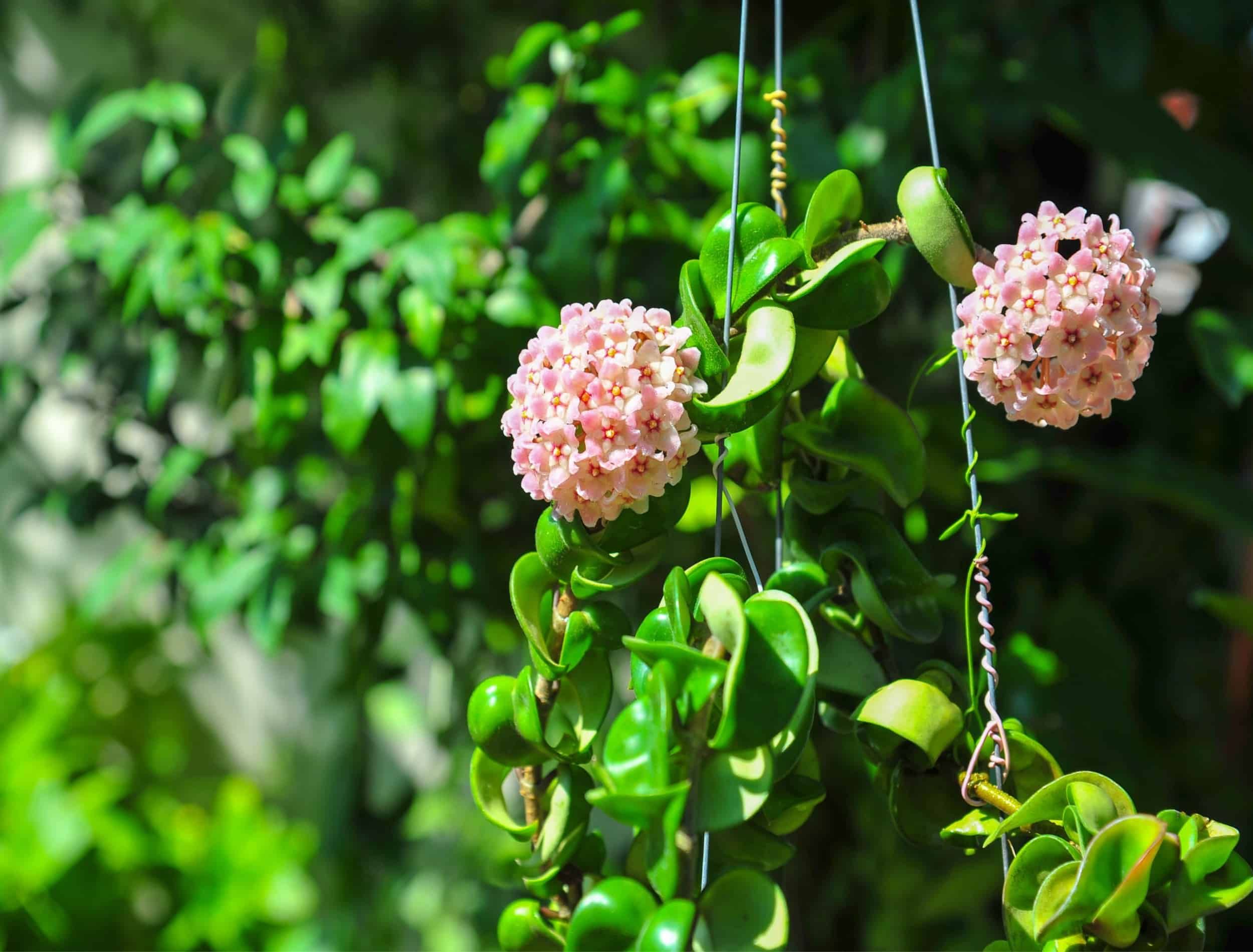A houseplant or two will do plenty in terms of adding greenery, dimension, and life to any space. While some can require more time and attention than others, there are general care rules to follow that will help your plants thrive. Of course, fertilizing makes its way onto that list.
Fertilizing is essential for adding nutrients into the soil, feeding your plants, and encouraging new growth. But did you know that over-fertilizing your plants can be detrimental to their health? In fact, it can cause a number of issues that may even stop your plant from growing.
Below, you'll find all the signs that point to an over-fertilized houseplant so you can make a change before there is too much damage.
Signs of Over-Fertilizing Houseplants
Yellow and Brown Leaves
Image credits: Alie04 via Shutterstock
Yellow and brown leaves can point to many issues with your plants, including pests, disease, and nutrient deficiency. That said, they can also point to over-fertilization.
Yellow or brown leaves and crisping edges generally go hand-in-hand. This is because the plants are unable to absorb nutrients due to the high salt content in fertilizer, which burns the root system. Crisping leaves may also be due to disease or heat damage, so it's crucial to rule out all other possibilities to properly treat the plants.
No matter what the issue is, it's best to inspect plants with yellow, brown, or dropping leaves immediately. More often than not, this points to an issue that needs dealing with. If over-fertilizing is the problem, you'll likely notice yellow leaves in conjunction with the other signs listed below.
Stunted Growth
Image credits: DimaBerlin via Shutterstock
Some houseplants, such as hoya plants, tend to be slow growers. Of course, plants will also grow more during the growing season with warm weather and humid conditions, so it's not uncommon for a slow-growing period.
But if you've noticed that your houseplant hasn't grown in a while, it may be suffering from over-fertilizing. Again, this is a result of the plant's inability to absorb the nutrients necessary for growth. Remember that improper watering techniques and a lack of nutrients can also result in slow growth, so it's important to rule out other possibilities.
White Crust on Soil
Image credits: Natalia Duryagina via Shutterstock
A white crust on the soil of your houseplant may also be the result of over-fertilizing. The build up of salt and nutrients will stop the plant from absorbing water and nutrients, so it's important to rinse the houseplant with clean water every four to six months. A white layer of mold may appear because of overwatering, so remember to consider your watering frequency as well!
Wilting
Image credits: izzzy71 via Shutterstock
Wilting is often the result of a damaged root system and will often appear alongside a white crust on the top layer of soil and yellow dropping leaves. With that said, wilting can also mean you have overwatered or underwatered the houseplant, or it requires nutrients. Consider how you have cared for the plant and what other signs it may be giving you.
Overgrowth and No Flowers
Image credits: Jiggo_Putter Studio via Shutterstock
Abundant but lanky growth can also point to issues with over-fertilizing. You may notice plenty of stems but very little leaves and, if you expect the plant to bloom, no flowers. Inadequate lighting can also cause legginess when it comes to houseplants, so consider moving your plants to a new location or opting for a grow light if you notice this issue.
Root Rot
Image credits: irynakhabliuk via Canva
Root rot can be the result of overwatering or underwatering, but over-fertilizing can also be an issue. Other signs of over-fertilizing will also be present, such as yellow leaves, wilting, and a lack of growth. If you check the root system and spot mushy brown roots, it's time to take action.
Carefully remove any dead roots and repot the plant in hopes of saving it. If the houseplant doesn't have any white roots left, it may not be salvageable. With that said, you can propagate healthy cuttings to start over.
How to Avoid Over-Fertilizing Houseplants
Since over-fertilizing can damage your houseplants, it's crucial to be proactive and avoid the issue in general. Below, you'll find the best tips for preventing over-fertilization to keep your plants happy, healthy, and thriving.
- Only fertilize when plants are actively growing. If the plants aren't growing, they may not use up the salts and nutrients, instead resulting in build-up.
- Water thoroughly to remove build-up and excess fertilizer.
- Reduce the frequency and concentration of fertilizer. This will decrease the likelihood of over-fertilizing while still allowing you to provide your plants with nutrients!
Beleaf In Yourself!
Signs of over-fertilizing are often the same signs of other issues when it comes to houseplants, which can make the issue hard to identify. With that said, if you notice more than one of the signs at once and are fertilizing frequently, there's a good chance the plants are over-fertilized.
If your plants seem to be suffering from one or more of the common signs of over-fertilizing, it's time to revisit your fertilizing routine! Are your houseplants dying without an obvious reason? Consider one of the many potential issues your plant may be suffering from, such as overwatering or a lack of light.
Do you have any tips or tricks for dealing with over-fertilized houseplants? Share your experience in the comments below!

